Jiayu Tang
Adversarial Attacks on ML Defense Models Competition
Oct 15, 2021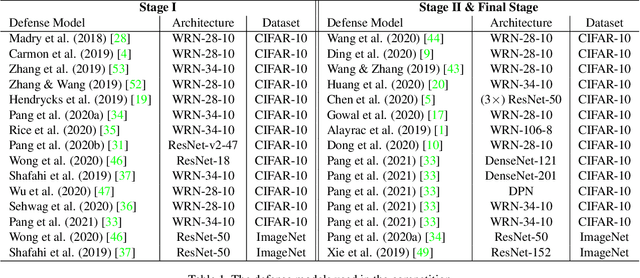
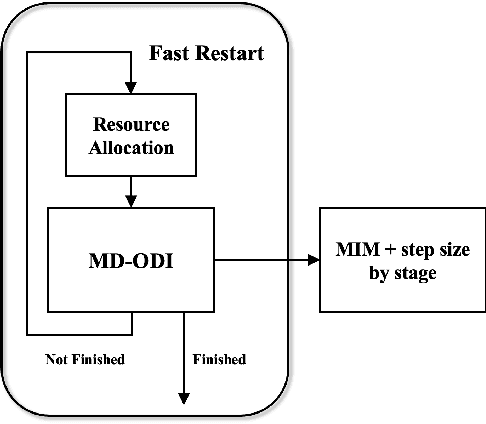
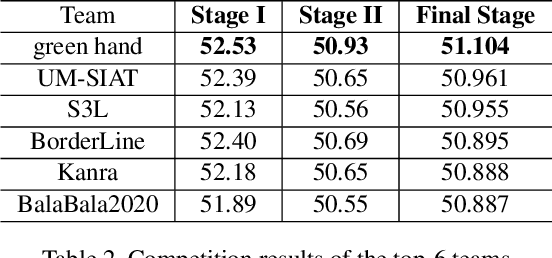
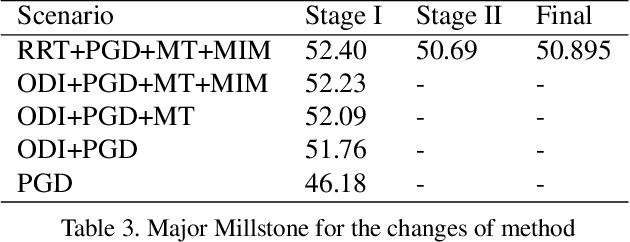
Abstract:Due to the vulnerability of deep neural networks (DNNs) to adversarial examples, a large number of defense techniques have been proposed to alleviate this problem in recent years. However, the progress of building more robust models is usually hampered by the incomplete or incorrect robustness evaluation. To accelerate the research on reliable evaluation of adversarial robustness of the current defense models in image classification, the TSAIL group at Tsinghua University and the Alibaba Security group organized this competition along with a CVPR 2021 workshop on adversarial machine learning (https://aisecure-workshop.github.io/amlcvpr2021/). The purpose of this competition is to motivate novel attack algorithms to evaluate adversarial robustness more effectively and reliably. The participants were encouraged to develop stronger white-box attack algorithms to find the worst-case robustness of different defenses. This competition was conducted on an adversarial robustness evaluation platform -- ARES (https://github.com/thu-ml/ares), and is held on the TianChi platform (https://tianchi.aliyun.com/competition/entrance/531847/introduction) as one of the series of AI Security Challengers Program. After the competition, we summarized the results and established a new adversarial robustness benchmark at https://ml.cs.tsinghua.edu.cn/ares-bench/, which allows users to upload adversarial attack algorithms and defense models for evaluation.
Leveraging Domain Agnostic and Specific Knowledge for Acronym Disambiguation
Jul 01, 2021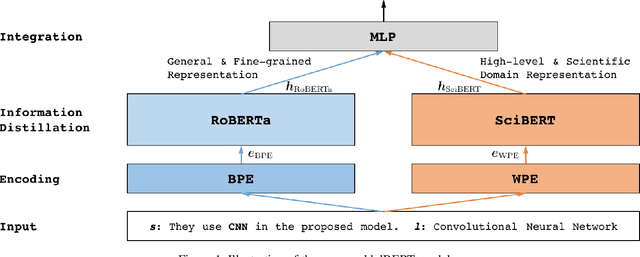
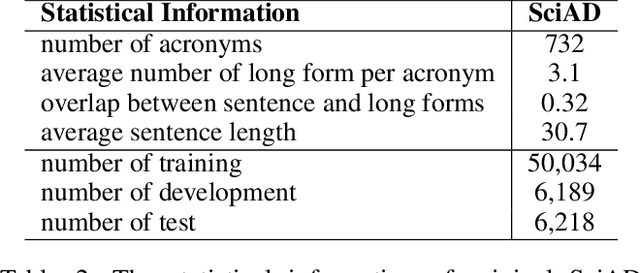
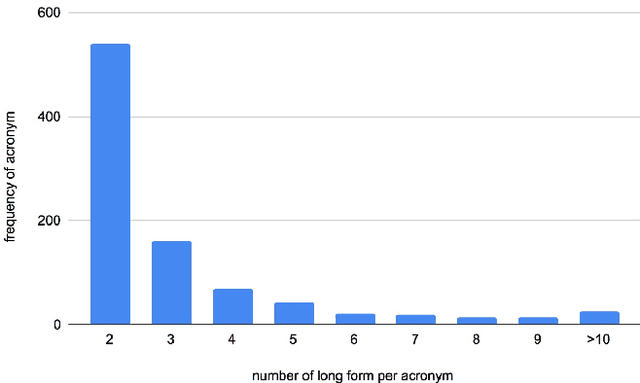
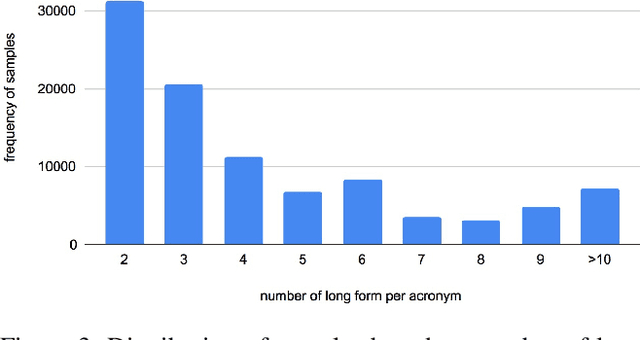
Abstract:An obstacle to scientific document understanding is the extensive use of acronyms which are shortened forms of long technical phrases. Acronym disambiguation aims to find the correct meaning of an ambiguous acronym in a given text. Recent efforts attempted to incorporate word embeddings and deep learning architectures, and achieved significant effects in this task. In general domains, kinds of fine-grained pretrained language models have sprung up, thanks to the largescale corpora which can usually be obtained through crowdsourcing. However, these models based on domain agnostic knowledge might achieve insufficient performance when directly applied to the scientific domain. Moreover, obtaining large-scale high-quality annotated data and representing high-level semantics in the scientific domain is challenging and expensive. In this paper, we consider both the domain agnostic and specific knowledge, and propose a Hierarchical Dual-path BERT method coined hdBERT to capture the general fine-grained and high-level specific representations for acronym disambiguation. First, the context-based pretrained models, RoBERTa and SciBERT, are elaborately involved in encoding these two kinds of knowledge respectively. Second, multiple layer perceptron is devised to integrate the dualpath representations simultaneously and outputs the prediction. With a widely adopted SciAD dataset contained 62,441 sentences, we investigate the effectiveness of hdBERT. The experimental results exhibit that the proposed approach outperforms state-of-the-art methods among various evaluation metrics. Specifically, its macro F1 achieves 93.73%.
AT-BERT: Adversarial Training BERT for Acronym Identification Winning Solution for SDU@AAAI-21
Jan 12, 2021


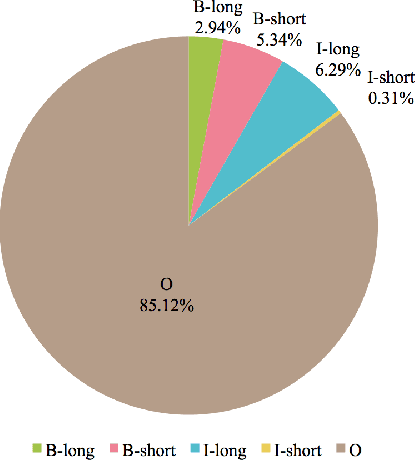
Abstract:Acronym identification focuses on finding the acronyms and the phrases that have been abbreviated, which is crucial for scientific document understanding tasks. However, the limited size of manually annotated datasets hinders further improvement for the problem. Recent breakthroughs of language models pre-trained on large corpora clearly show that unsupervised pre-training can vastly improve the performance of downstream tasks. In this paper, we present an Adversarial Training BERT method named AT-BERT, our winning solution to acronym identification task for Scientific Document Understanding (SDU) Challenge of AAAI 2021. Specifically, the pre-trained BERT is adopted to capture better semantic representation. Then we incorporate the FGM adversarial training strategy into the fine-tuning of BERT, which makes the model more robust and generalized. Furthermore, an ensemble mechanism is devised to involve the representations learned from multiple BERT variants. Assembling all these components together, the experimental results on the SciAI dataset show that our proposed approach outperforms all other competitive state-of-the-art methods.
 Add to Chrome
Add to Chrome Add to Firefox
Add to Firefox Add to Edge
Add to Edge